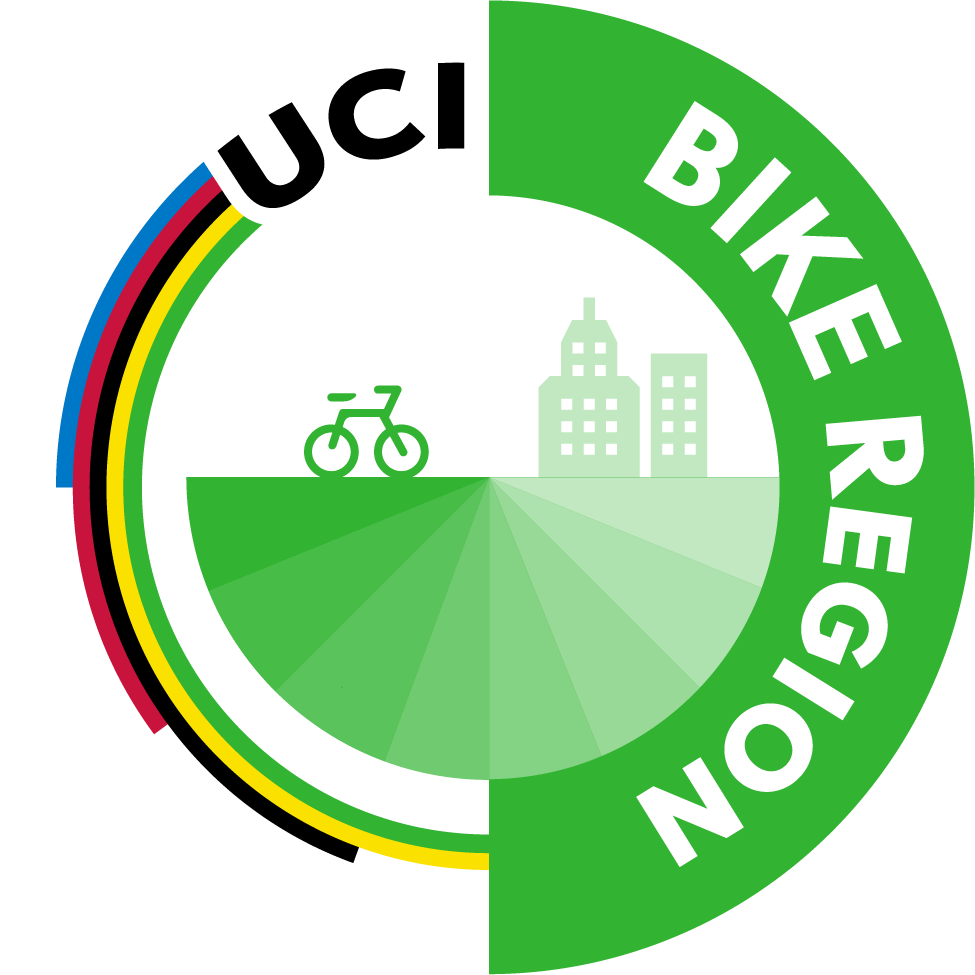Cycling is popular. But we don’t know exactly how many active cyclists there are at the moment. We would also like to know what their motives are, what their destination is and whether they are driving an e-bike or ‘normal’ bicycle.
Cycling monitor
This type of data is becoming increasingly important for:
- The policymakers in Drenthe who use it to make decisions;
- The leisure sector it uses to create opportunities for the development of bicycle products in the broadest sense of the word.
To find out this information, the Province of Drenthe is developing a monitor system. The Cycling Monitor is developed according to a growth model. This growth model consists of four steps.
Step 1: counting the number of bicycles
The first step is to create a statistical basis by measuring the number of cyclists at relevant locations. This will be achieved in 2017.
Step 2 and 3: add existing data in a dashboard.
Development of an online dashboard containing various existing data. The purpose of the dashboard is to convert data into relevant information and make it visual. These steps will be carried out in 2017/2018.
Step 4: add additional information
If additional information is required after the completion of Steps 2 and 3, the Province and other stakeholders will consider the possibilities of collecting new data.
New technologies
Innovation is important during the four steps of the growth model. That is why the province is experimenting with new technologies, such as a counting sensor connected via the LoRa network. The cooperation itself is also innovative; the province has involved several Drenthe partners in the development, but has also included the Ministry of Infrastructure and the Environment in the process. Many government agencies in the Netherlands are struggling to check cyclists. Through the Ministry, the development and progress of the Cycling Monitor in Drenthe can easily be shared with other organisations at national level.
